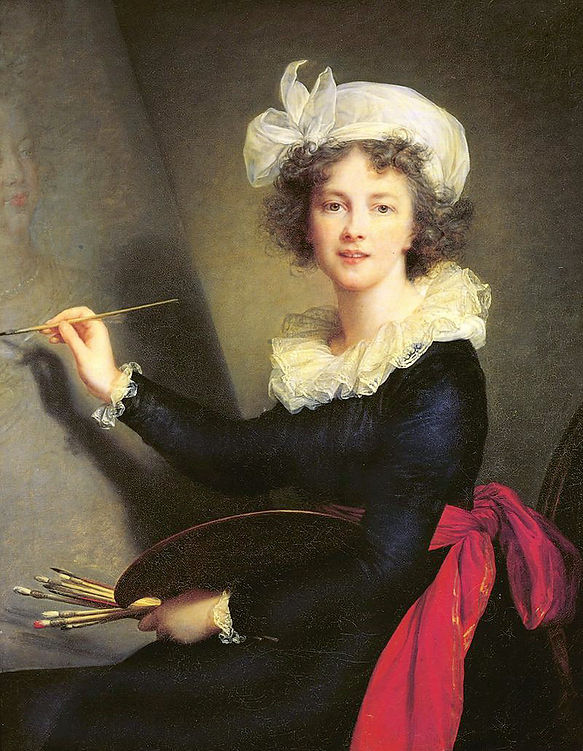
Teaching
When I started grad school, I had no interest in teaching.
This is especially surprising because I love talking about art and history with other people.
Unlike most of my cohort, I had a non-teaching fellowship mentoring small groups students (see below), but I decided to try it out during a summer session.
That summer changed my entire career goals.
Since then, I've taught classes at Brooklyn College, New York City College of Technology, and UNC Asheville.
My courses range from introductory surveys to specialized courses in Nineteenth-Century, Caribbean, and African American Art. I've also taught interdisciplinary liberal arts classes and a Freshman Seminar on food history in the Americas.
“Dr. Poindexter is always eager to hear our thoughts, even when someone disagrees or has a different view.”
Anonymous UNC Asheville Student, Spring 2025
Expanding Perspectives

“For my final project I was able to identify a topic I'm genuinely interested in, which made completing it easy.”

Creative Projects
My K–8 years in a progressive school continue to shape my teaching style, and I sometimes include creative options for final projects. While strong writing remains an essential skill, I have found that giving students the choice to make short videos instead of papers accommodates different learning styles and often prompts more innovative engagement with objects.
In some classes, I push this idea further. In my Impressionism course, a group of BFA students painted portraits of each other and gave presentations connecting them to the collaborative practices of the artists we studied. Others curated and designed virtual exhibitions, including one with interactive features. These projects not only deepen students’ understanding of course material but also encourage them to experiment with different modes of critical thinking and expression.
“He asked the class questions in every class that helped us feel like we belonged.”
Undergraduate Mentoring
As part of a fellowship, I mentored undergraduates through the CUNY Pipeline Program.
The program aims to diversify academia by providing undergraduates from underrepresented groups the resources they need to apply to PhD programs across the country.
Our students largely benefited from the experience and it was fun to work with them individually, empowering them to sharpen their skills and apply with confidence.
Ironically, I frequently gave them advice that I wish I had been given as an undergrad.

“He is a joy to be in class with! I hope I am able to take more of his classes in the future!”